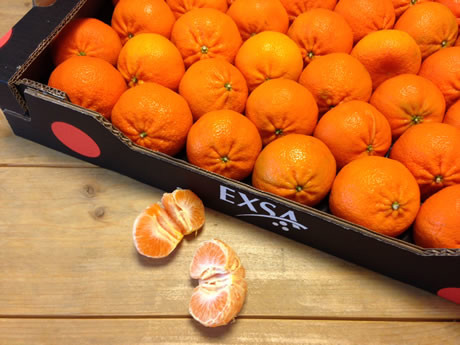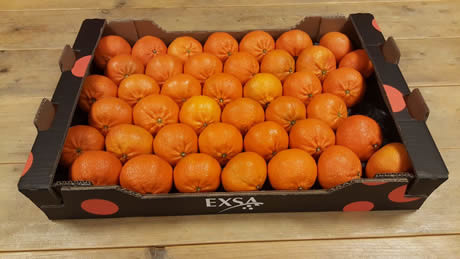Every citrus season has its own ups and downs. The current South African season has a tale of its own too. This is according to the Dutch company, Exsa Europe's, Eddy Kreukniet. "We have been seeing crop expectation being adjusted downward the whole season. Sometimes up to 20-25%. This downward trend happened a lot with, among other products, Valencia oranges."
"This season, sizes have also turned out to be far larger than initially expected. This is creating challenges regarding orange shortages or oranges that do not meet client specifications. It will be interesting to see whether we will be able to meet all our obligations toward the end of the season. These obligations are for high-quality oranges. The market is currently very good with prices of around €13-14."

"The market for South African mandarins has also been good. The season started with a steady supply of Satsuma and Clementines. August is traditionally a lower-consumption month. But, that is not entirely true this year. There are late varieties such as Tango and Nadorcott. These are the best varieties to have on offer," says Eddy.
"We will receive supplies until at least week 43. The first Spanish mandarins are on the market. These are usually not up to standard yet. Many retailers then also skip these. This is also the best action to take to ensure customers' make repeat purchases."
"We have noticed that these sizes are also larger than expected. This somewhat restricts how much fruit is suited to retail programs. It is striking that Peru has become a major summer player. They have varieties like the Satsuma, Nadorcott, and Tango. This competition could also become a challenge in the future," he goes on to say.

The South African lemon season is being characterized as a stabilization year. "In recent years, we have experienced many hot summers. There are then limited supplies with extremely high prices. These prices sometimes reached €25+. This led to the expected growth in the sector."
"This has resulted in adjusted prices this year. With €15-16, the season averages are, however, still at a realistic level. This price is the level we are anticipating for the coming years too," Eddy continues.
Grapefruit made an about-turn this season. "Last year's grapefruit season was a disaster. A working group was, therefore, formed. This group is made of members of the five largest exporters. It was decided that fewer small sizes and hardly any Class II grapefruits would be sent. Supplies were also to be spread out more. This was to prevent the peak of the season from being only in one period."
"This has worked well. As a result, the season is stable with very few outliers. We do not expect many grapefruits on the market in the coming weeks," says Kreukniet.
According to Eddy, there have been few issues with interceptions this year. These occur because of Citrus Black Spot and the False Codling Moth (FCM). "They responded well to this in South Africa. They have tightened their internal procedures. You indeed hear or see little of these pests. This is thanks to the precautions that have been taken," he concludes.
 For more information:
For more information:
Eddy Kreukniet
Exsa Europe
Tel: +31 (0) 887 350 003
Mob: +31 (0) 620 257 811
info@exsaeurope.com
www.exsaeurope.com
